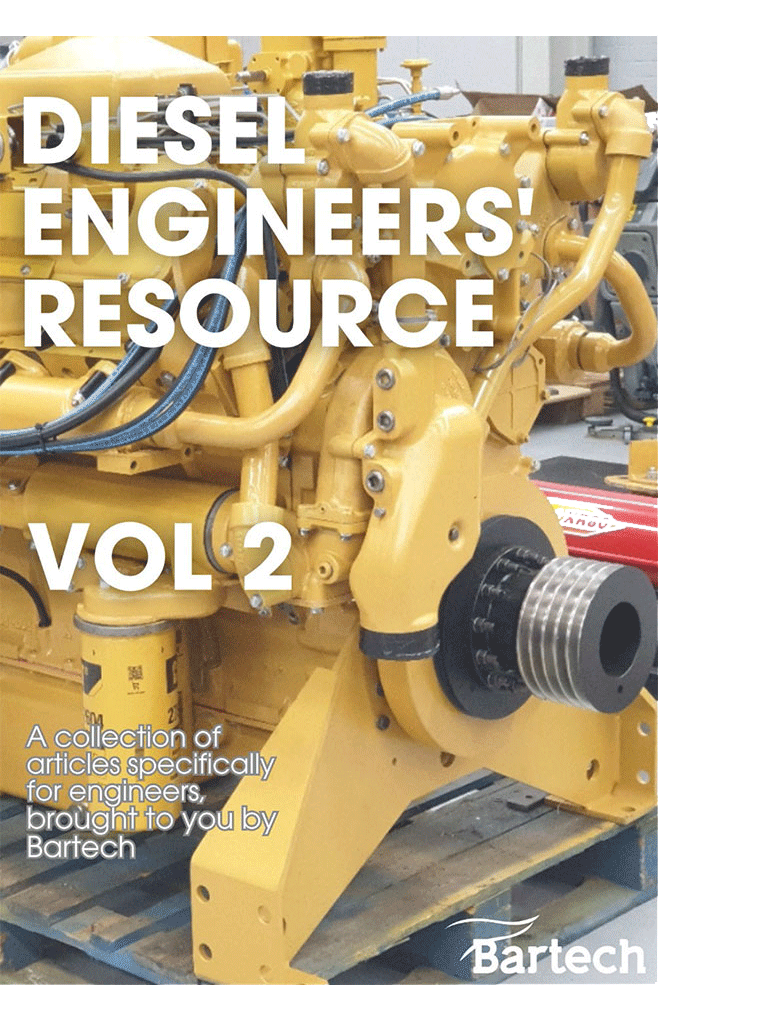We have two ABB VTC 254-13 turbochargers being overhauled in our workshop and they both offer a stark reminder of what could be going on, unseen, in many operational turbos.
I haven’t got information on the history of these turbochargers, but they’ve been sent to us as part of an engine overhaul and I thought it was worth sharing what we found:
• Considerable damage to the compressor wheel blades. Some material has been removed and blades curling
• The turbine wheel had lost 2 of its blades from the mid-section outwards with the lacing wire broken
• Nozzle ring had several blades bent and some were splitting from the housing
• The gas inlet casing was also cracked on the 3 webs inside the housing
• The compressor wheel bearing and housing was destroyed
Our engineer Andy also noted significant carbon build up behind the shield showing a lot of engine idling.
With more load running, the excess carbon would have burnt off.

As these units run at speeds of 30,000 rpm and temperatures of 650 deg/c it doesn’t take long for any weakness in the turbocharger to turn into damage.
The manufacturer’s workshop manual recommends the turbocharger bearing clearances are checked every 8,000hrs, but this depends on the frequency of the oil and filter changes. If the engine does a lot of idling or stop starts we’d recommend every 5,000hrs.
We are rectifying these issues and the client will receive the turbochargers back shortly looking great, functioning safely and effectively, along with the peace of mind that comes with our reputation and 12-month warranty.


